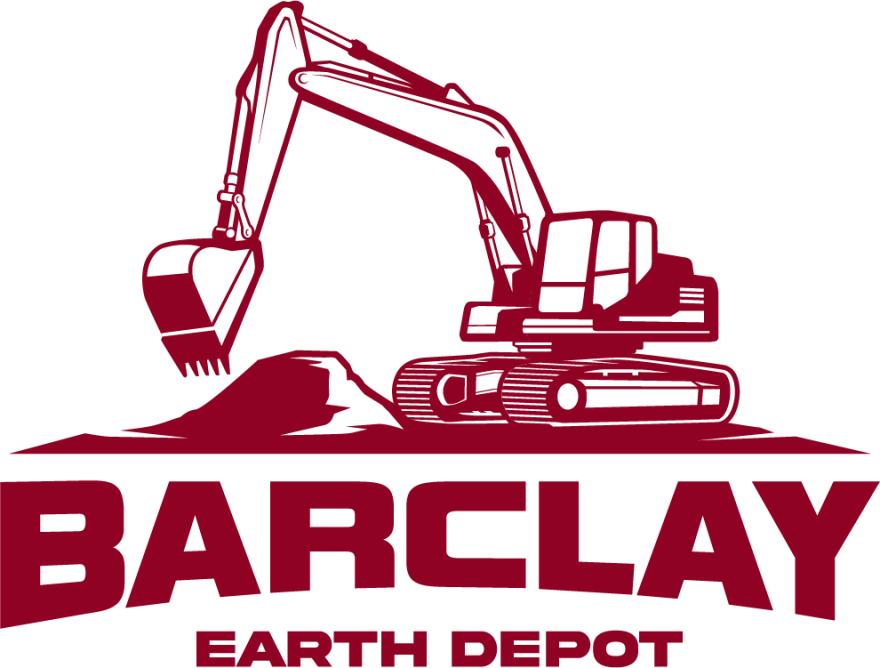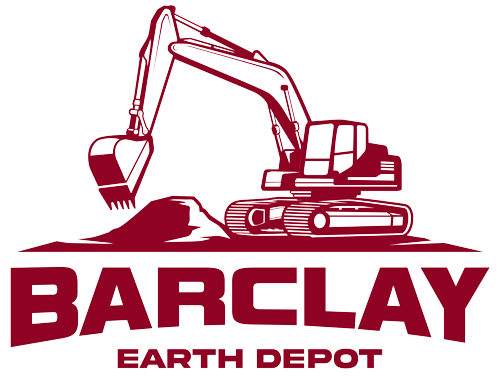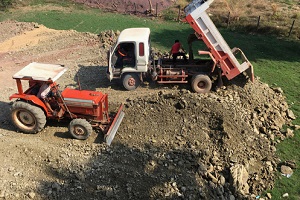 Both construction companies and private landowners occasionally find themselves in need of a suitable material to fill holes and even out landscapes. In many cases, dirt specifically combined for this use often called fill dirt or clean fill is the perfect solution. However, fill dirt comes in more than one variety, and using the right type for your application could mean the difference between a long-lasting result and one that you will need to redo in short order.
Both construction companies and private landowners occasionally find themselves in need of a suitable material to fill holes and even out landscapes. In many cases, dirt specifically combined for this use often called fill dirt or clean fill is the perfect solution. However, fill dirt comes in more than one variety, and using the right type for your application could mean the difference between a long-lasting result and one that you will need to redo in short order.
Take a look at this guide to the different types of fill dirt before you make your decision:
What Is Fill Dirt Used For?
Fill dirt, as its name implies, is used to fill areas, usually holes, but not always. Another purpose of fill dirt is to change the elevation of an area or modify a landscape. That may include filling holes, but it can also apply to leveling out sloped land (called regrading), decorating around structures or creating mounds. Fill dirt is useful for a number of applications, and it comes in different types to support this variety of uses. Choosing the wrong type for your project could result in the problem coming back in a year or two.
Rock Fill As A Landscaping Tool
Despite the term “fill dirt” being used most commonly for this category of materials, not all clean fill is dirt. Rockfill is made of rock pieces in varying sizes, and it can contribute an interesting visual aesthetic to a space thanks to the unique colors and shapes of the rocks. Because of this, rockfill is usually used for landscape decoration around trees and in gardens rather than to fill in holes or create hills.
Organic Topsoil For Fill Dirt
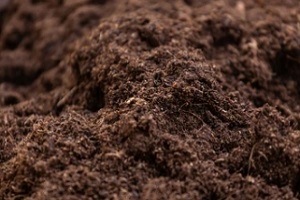 Organic topsoil is dirt through and through, but it has been completely cleaned before it is sold. Almost all rocks and debris have been removed, and organic topsoil will not contain chemicals or other pollutants. For this reason, this material is the ideal choice for creating gardens and creating appealing landscape features. It is safe to use, and any consumable plants that grow from it are edible without risk.
Organic topsoil is dirt through and through, but it has been completely cleaned before it is sold. Almost all rocks and debris have been removed, and organic topsoil will not contain chemicals or other pollutants. For this reason, this material is the ideal choice for creating gardens and creating appealing landscape features. It is safe to use, and any consumable plants that grow from it are edible without risk.
The Difference In Inorganic Topsoil
Unlike organic topsoil, inorganic topsoil is not specially treated before being sold. This means it will still contain debris, such as broken-up roots or chunks of stone. It may contain pollutants that are not ideal for growing plants, so it should not be used for gardens. However, because of its wide availability and affordability relative to the volume received, inorganic topsoil is in many ways the most widely used and recognized in the fill dirt industry. It is very popular and used for large-scale fill applications, such as evening out large depressions.
Compost And Manure For Natural Applications
In the realm of gardening, only one type of fill beats the utility of organic topsoil: compost. A compost/manure fill mix will contain a large dose of important nutrients that gardens need to thrive making it preferable to organic topsoil for new gardens or those that have been struggling to succeed. The smell commonly associated with this type of fill material will fade after a few days, so do not let it discourage you from using compost/manure.
Sand And Gravel Fill
In terms of affordability, few fill materials are as workable as sand and gravel. This type of fill may contain only sand, sand and gravel or a mixture of sand, gravel and pieces of rock. It is not ideal for beautifying your landscape, but it works well as a leveler. If you have large holes to fill or a significant portion of land that needs to change elevation, sand/gravel fill is sturdy and will hold its shape.
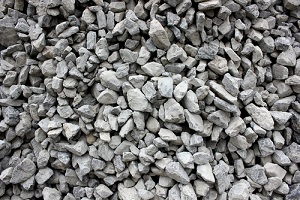 Because this type of fill is acquired by collecting sand and debris from other job sites, it remains affordable and is a responsible way to recycle building materials. However, for the same reason, it can be unpredictable in terms of its contents, with some batches containing larger rock chunks and some containing almost none. An experienced fill and aggregate supplier can help you locate the exact composition that you need for your project.
Because this type of fill is acquired by collecting sand and debris from other job sites, it remains affordable and is a responsible way to recycle building materials. However, for the same reason, it can be unpredictable in terms of its contents, with some batches containing larger rock chunks and some containing almost none. An experienced fill and aggregate supplier can help you locate the exact composition that you need for your project.
Trust A Reputable Supplier To Provide The Highest Quality In Fill Materials
Whether you are still debating between fill types or you are ready to place an order and get started on your project, be sure to rely on a reputable supplier. The experts at Barclay Earth Depot will be happy to help you choose the right fill for your needs. Contact our professional team with any questions that you may have, or to get started on an order.
